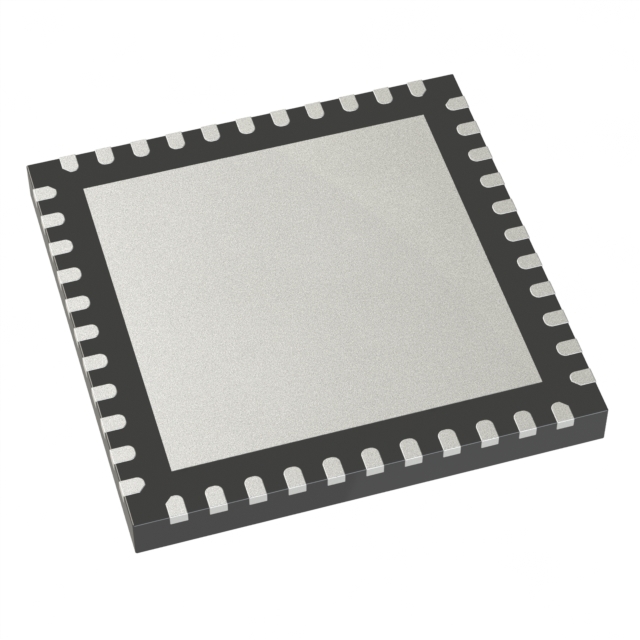

Microchip Technology
PIC18F4685-I/ML
Microcontrollers




.png?x-oss-process=image/format,webp/resize,p_30)


PIC18F4685-I/ML Description
PIC18F4685-I/ML is a microcontroller (MCU) from Microchip Technology's PIC18F series. It is a high-performance, 8-bit microcontroller with a wide range of features and capabilities that make it suitable for a variety of applications.
Description:
The PIC18F4685-I/ML is a member of the PIC18F46 family of microcontrollers, which are based on the enhanced mid-range core (EMRC) architecture. The device is available in a 28-pin, 0.300" Wide, Dual In-Line Package (DIP) with a lead (Pb) free finish.
Features:
- Core: Enhanced mid-range core (EMRC) with a clock speed of up to 40 MIPS.
- Memory: 128KB Flash program memory, 4KB RAM, and 256 bytes EEPROM.
- I/O: 35 digital I/O lines, including 5-volt tolerant inputs and open-drain outputs.
- Communication: UART, SPI, I2C, and CAN 2.0B controller.
- Timers: 8-bit Timer0, 16-bit Timer1, and 16-bit Timer2 with capture and compare modes.
- ADC: 10-bit Analog-to-Digital Converter (ADC) with up to 8 channels.
- PWM: 8-channel Pulse Width Modulator (PWM) with programmable output options.
- Security: JTAG and ICD (In-Circuit Debug) interfaces, along with secure boot and code protection features.
- Power: Low-power sleep modes and power-on reset (POR) and brown-out detect (BOD) circuits.
Applications:
The PIC18F4685-I/ML is suitable for a wide range of applications due to its versatile features and capabilities. Some common applications include:
- Industrial control systems: Programmable logic controllers (PLCs), motor control, and sensor interfacing.
- Automotive applications: Engine control units, body control modules, and anti-lock braking systems (ABS).
- Consumer electronics: Home appliances, gaming consoles, and smart devices.
- Medical equipment: Patient monitoring systems, diagnostic equipment, and portable medical devices.
- Communication systems: Networking devices, modems, and routers.
- Security systems: Access control, surveillance cameras, and alarm systems.
- Renewable energy systems: Solar panel control, battery management, and energy monitoring.
The PIC18F4685-I/ML's combination of processing power, memory, I/O options, and communication interfaces make it a versatile choice for a wide range of embedded applications.
Tech Specifications
PIC18F4685-I/ML Documents
Download datasheets and manufacturer documentation for PIC18F4685-I/ML
 PIC18F268x, 468x Revision A1 Errata
PIC18F268x, 468x Revision A1 Errata  Assembly Site 22/Nov/2023
Assembly Site 22/Nov/2023  PIC18F(2, 4)zzz Programming Specification PIC18F268x, 468x Data Sheet
PIC18F(2, 4)zzz Programming Specification PIC18F268x, 468x Data Sheet  Packing Changes 10/Oct/2016 Label and Packing Changes 23/Sep/2015
Packing Changes 10/Oct/2016 Label and Packing Changes 23/Sep/2015  PIC18F4685 Development Tool Selector
PIC18F4685 Development Tool Selector  PIC18F(2, 4)zzz Programming Specification
PIC18F(2, 4)zzz Programming Specification  Errata/Datasheet Update 07/Aug/2014 Wire Bond Chg Qual 19/Jul/2016
Errata/Datasheet Update 07/Aug/2014 Wire Bond Chg Qual 19/Jul/2016  Microchip CA Prop65 Microchip RoHS Microchip REACH
Microchip CA Prop65 Microchip RoHS Microchip REACH Relevant Search
Shopping Guide






















.png?x-oss-process=image/format,webp/resize,h_32)










